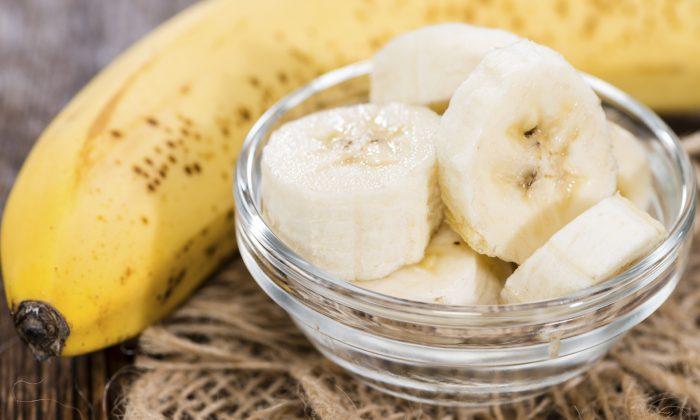Things are looking up in the world of consumer food purchasing, and the trend should have a positive impact on our health. According to the friendly pollsters at Nielsen, we are paying more attention to ingredient lists and what is actually in the food we buy than to the hyped marketing language food producers like to put on the front of their packaging.
Catchy phrases such as “fat free,” “lower in fat,” “excellent source of vitamin E,” and “low in sugar” aren’t making consumers part with their money as well as they used to. Andrew Mandzy, director of strategic insights at Nielsen, told Bloomberg News that “there’s a shift in how people are thinking about ‘better for you.’ People are looking for back-to-basics, simpler ingredients.”
It appears we are getting more selective and conscientious about the foods we buy. For example, the Nielsen data show the following:
- Sixty-eight percent of consumers searched for health information online in 2016, compared to 48 percent in 2014.
- Sales of food products that are marked “low fat” have declined 1.2 percent in dollar value over the last five years.
- Sales of “fat-free” foods are down 2.7 percent.
- And sales of foods hawking their vitamin and mineral content have dropped 0.8 percent.
One word that is grabbing the attention of consumers is “natural.” Items with a “natural” label have climbed 4.2 percent in sales. Unfortunately, the definition of natural is not regulated, so food producers can use it liberally. That means we need to look beyond the term natural and check out the ingredients to discover exactly how natural a food really is. If the packaging information doesn’t satisfy you, then check out the manufacturer’s website and contact information. Don’t be afraid to ask questions; a responsible manufacturer will be happy to answer them.
Other terms that are capturing the attention of consumers are “certified organic,” “genetically modified“ (or GMO), and ”artificial“ or ”synthetic.” Overall, foods marked organic have done very well, growing at a rate of 11.2 percent, while those in the latter categories are garnering less interest among shoppers. And products marketed as soy-free have gone up 29.8 percent, while gluten-free food sales have risen 11.8 percent over five years.
To help satisfy the growing number of us who are looking for healthier ingredients, marketers are using more “no” labels, such as “no trans fat,” “no high-fructose corn syrup,“ and ”no GMOs.” Such labeling is helpful, yet we still need to check ingredient lists. Did you know that it is legal for food manufacturers to state a food contains no trans fat if each serving of the item provides less than 0.5 grams of trans fat?
As the saying goes, trust but verify. Keep reading ingredient lists, question manufacturers if you are unsure about the contents, and check the ingredients each time you shop, because producers frequently change ingredients. Another tip is to choose more simple foods that have no ingredient list, like fresh fruits and vegetables—preferably organic, of course.
Andrea Donsky is an author, a registered holistic nutritionist, editor-in-chief of NaturallySavvy.com, a co-founder of The Healthy Shopper Inc. This article was originally published on NaturallySavvy.com






Friends Read Free